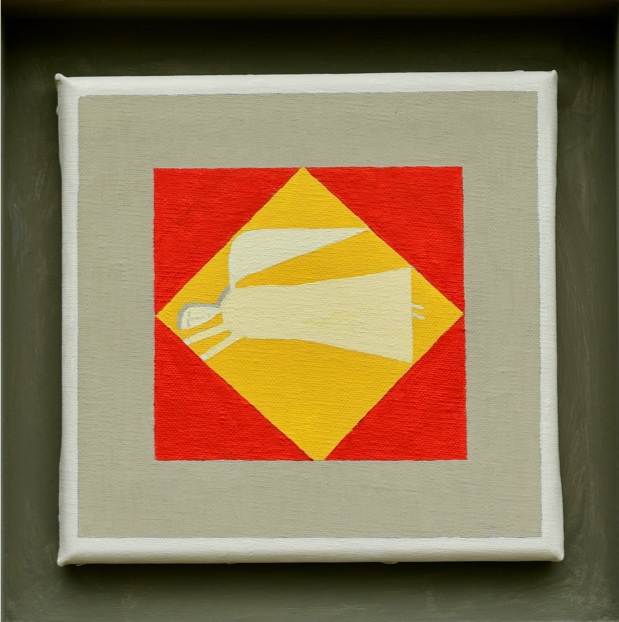Abstract
The Imago mundi or "Image of the World" was composed around 1110 by Honorius Augustodunensis, one of the most prolific authors of his age. Presented in the form of a mappa mundi, the Imago offers its reader a verbal 'image' of the cosmos, covering topics ranging from the atom to the heavenly spheres. Despite being one of the most popular works of the central Middle Ages, scholars rarely regard the Imago as a text possessing serious literary merit, dismissing it instead as a derivative exercise in compilation. This essay argues that the Imago is in fact an ambitious literary undertaking with a coherent spiritual agenda. While Honorius recycles (like many of his peers) earlier medieval and especially Neoplatonic cosmological ideas, his text shapes that material in new ways – into a spiritually transformative journey through and above the cosmos, and into the self. At the same time, throughout the work Honorius deploys a range of strikingly material metaphors to describe the world from the perspective of eternity – most notably, the rope of time. In this further literary sense, the ascent to eternity entails a recognition that we dwell in images.

This work is licensed under a Creative Commons Attribution-ShareAlike 4.0 International License.
Copyright (c) 2023 George Younge

